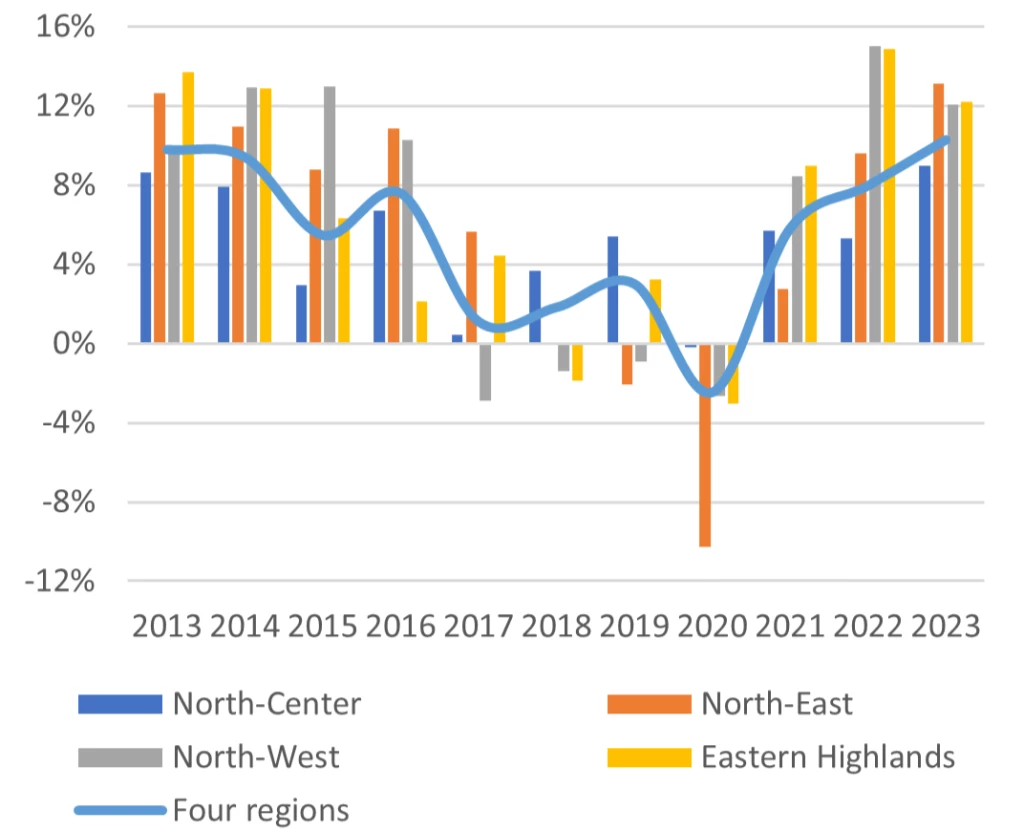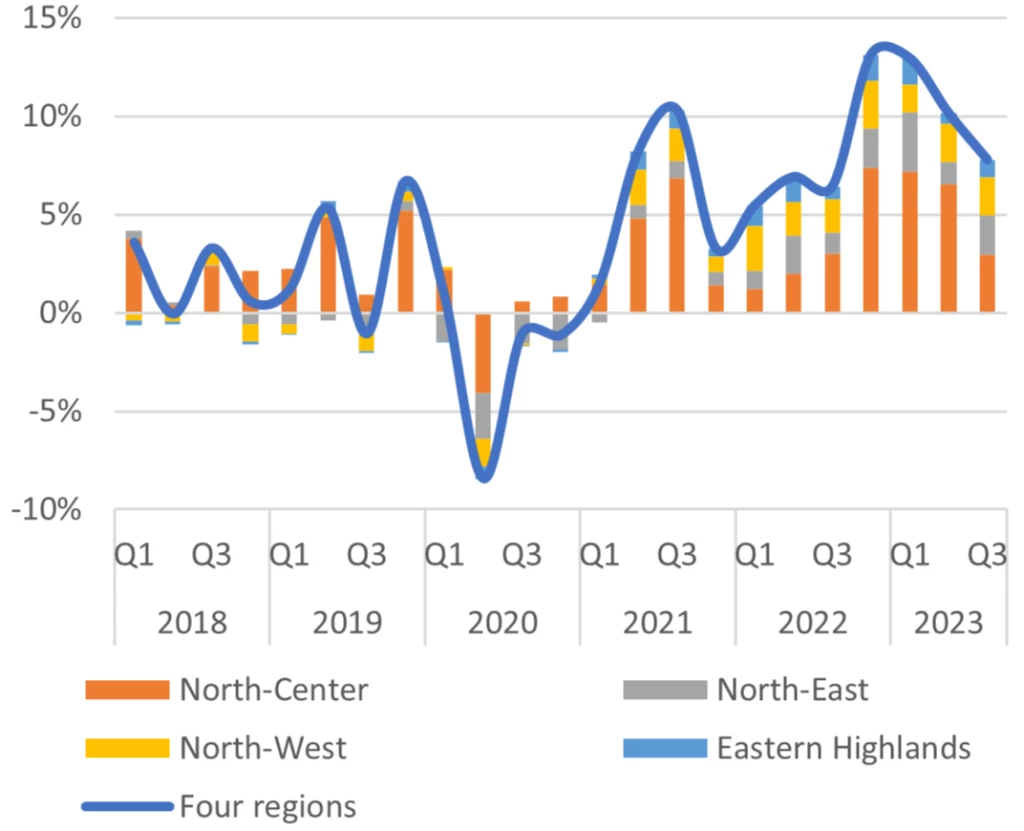Social safety nets are among the most frequently evaluated social policy interventions in Africa. The surge of information has left practitioners and policymakers alike a little puzzled. What can we say about the average impacts of social safety nets across the continent? Our Chapter 2 in the report on Realizing the Full Potential of Social Safety Nets in Africa tackles these questions by aggregating findings across numerous studies to provide a more systematic assessment. The full methodological details (that would have overwhelmed the chapter for a World Bank report!) are detailed in the companion Policy Research Working Paper.
We identified 55 impact evaluations to study, spanning 27 programs in 14 African countries. (These 55 studies were culled from a longer list of 250 evaluations identified on the basis of study quality and comparable outcomes.) Table 1 summarizes the findings of the analysis. The results are strongest on equity - that is ensuring the poorest households can afford their basic needs. These findings are certainly not entirely new: they complement (and are consistent with) existing literature. For example, the recently published global meta-analysis on food security and assets, as well as another systematic review for Africa and the world.
On resilience, the cash from these programs helps households to build assets, often facilitated by complementary interventions. The strongest results were seen through increases in livestock ownership by 34% (from baseline levels) and durable ownership by 10%. And, overall, social safety nets seem to increase the share of households with savings.
On opportunities, programs can boost human capital and productive inclusion. While on average across all programs, social safety nets did not significantly increase school attendance or enrollment, those that focus on children as the key beneficiaries (such as child grant programs) saw improvements. Likewise, healthcare expenditures were not found to significantly increase on average. Programs targeting these human capital outcomes should think carefully about messaging to beneficiaries as well as whether the availability and quality of public services are sufficient.
Beyond these measures of program impact through the meta-analysis, this work points to some important lessons on program design and implementation.
For equity, outcomes can be achieved at a modest transfer level. Programs with strong impacts have clear target groups and targeting protocols. And, there is some evidence that small, frequent transfers best support improved consumption levels.
For resilience, it is important to build social safety net programs and delivery capacity during ‘good times’: don’t wait for the emergency! Somewhat larger, less frequent transfers best support savings and investments. Coordinating social safety nets with complementary programs helps boost livelihood resilience.
And for opportunity, consider supply side constraints in the health and education sector. Strong beneficiary outreach and communication can help deliver desired outcomes.
Finally, as social safety nets evolve, so too should impact evaluations. We note three missing areas on the evidence of social safety nets: crisis/fragility contexts, urban settings, and programs at a more mature stage (past the growing pains of the early years).
Table 1: Synopsis of Results
This blog post is based on “Social Safety Nets Promote Poverty Reduction, Increase Resilience, and Expand Opportunities,” Chapter 2 of the 2018 regional study “Realizing the Full Potential of Social Safety Nets in Africa.” You can read the blog based on the first chapter, Reaching the poor and vulnerable in Africa through social safety nets, here.






Join the Conversation